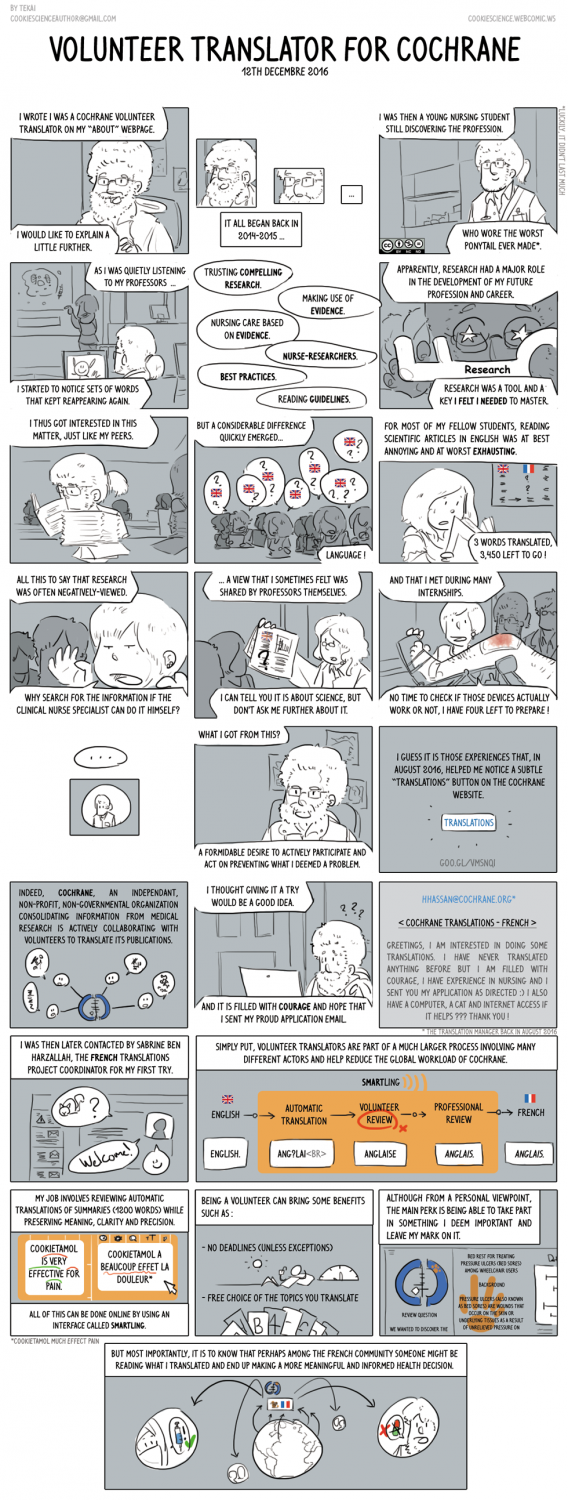Update on Cochrane Editorial Unit activities - March 2017


To complement the papers for the Governing Board, we are publishing a report from the Cochrane Editorial Unit (CEU) about our activities over the past 12 months. It has been a challenging period for many reasons, but the recent UK National Institute for Health Research (NIHR) report strongly endorses our Strategy to 2020, and in particular goals 1 and 2, which are areas where the CEU has its key responsibilities.
Two of the most important and time consuming projects are not covered here:
- Enhanced Cochrane Library project: The Central Executive Team and Wiley are currently working with publishing technology company HighWire (previously Semantico), to develop a new platform for the Cochrane Library with greater functionality that makes it easier for users to discover and use Cochrane content in their decision-making. This is a complex project that is divided into many different areas, including the display of Cochrane Reviews and CENTRAL, linking of the CDSR and CENTRAL, the search and discovery interface, and multi-language search and the display of non-English language content. Due to the project's complexity, delivery has unfortunately been delayed. We are working hard to minimise this delay and will provide more information as it becomes available.
- Organizational Structure and Function: The Structure and Function project has moved forwards. This project was initiated by the Governing Board at its meeting in Seoul, 2016. The project team (Nicky Cullum, Jonathan Craig and Martin Burton, supported by the Editor in Chief and CEU team) has submitted a comprehensive interim document with recommendations to the Governing Board for its consideration and approval.
We are presenting here four separate papers that describe the CEU’s main areas of work over the past 12 months:
- The Editor in Chief team report covers work that includes the Cochrane prioritization list, the Review Support programme, the development of a Centralised Search Service, the work of the Information Specialist Support Team, the development of editorial process pilots based on the 2016 Structure and Function paper, and a progress update on the Cochrane Clinical Answers product.
- The Review Quality and Methods report describes the work of the ‘screening team’ and proposals to change the team’s ways of working, as well as describing the recent audit of abstracts project.
- The Methods report describes work being undertaken within the methods community, and includes items such as the development of the Scientific Committee, the completion of the first round of the Strategic Methods Fund, changes related to the Cochrane Handbook, and work towards a methods section within the Cochrane Database of Systematic Reviews.
- The Policy and Publishing report describes developments relating to policy development and the Editorial Policy and Publishing Resource, updates relating to the Updating Classification System, the Copy Edit Support service and Style Manual, and an update from the ME Support Team. Finally, the report also describes ongoing editorial operations such as Cochrane editorials and Special Collections.
In addition to the above, the Cochrane Library Oversight Committee has continued to provide support for the editorial independence of the Editor in Chief. Richard Smith and Magne Nylenna, who from its inception have been Chair and Deputy Chair, have now stepped down after seven years. We are very grateful for their work, and also for the contribution and support of other present and past members. We hope to be able to announce a new chair of the Oversight Committee in the next few months.
We hope that the reports above will prove a useful insight into the CEU team’s activities, and want to thank the many members of the Cochrane community who have supported our work over the past 12 months.
David Tovey













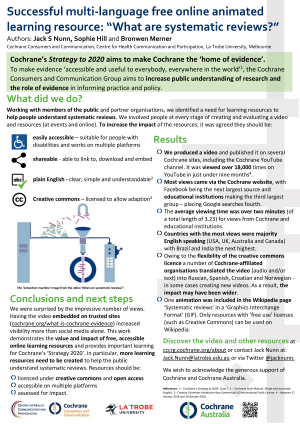

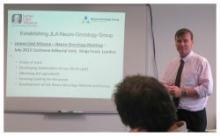
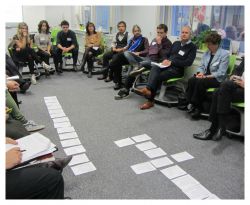 The
The 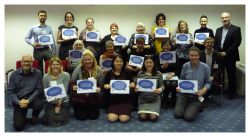 The
The 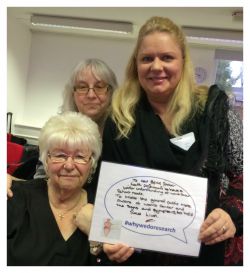 Both CGNOC teams – neuro-oncology and gynae-oncology – encountered similar challenges. They’d hoped to promote their surveys via posters placed in treatment centres in the UK, but unfortunately, due to a lengthy approval process, this wasn’t possible. They also reported that representation of elderly patients (>65) was low in both PSPs. Nevertheless, editorial base staff had a good experience overall of the JLA PSP model, despite the fact that it is not a particularly cheap prioritization option. They found the process informative, and the methodology systematic and transparent. Patient engagement is at the heart of the James Lind Alliance so in both cases an equal balance of patients and clinician input was achieved.
Both CGNOC teams – neuro-oncology and gynae-oncology – encountered similar challenges. They’d hoped to promote their surveys via posters placed in treatment centres in the UK, but unfortunately, due to a lengthy approval process, this wasn’t possible. They also reported that representation of elderly patients (>65) was low in both PSPs. Nevertheless, editorial base staff had a good experience overall of the JLA PSP model, despite the fact that it is not a particularly cheap prioritization option. They found the process informative, and the methodology systematic and transparent. Patient engagement is at the heart of the James Lind Alliance so in both cases an equal balance of patients and clinician input was achieved.
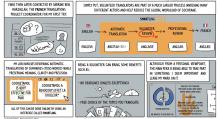
 As my interest in research grew over the years, so did my understanding of what Cochrane was about, its members, goals, and what made it slightly different from other organizations to me. I thought it was a good fit with my values and found out that volunteers could help translate reviews. Soon afterwards I became a member of the French volunteer translation team and started contributing.
As my interest in research grew over the years, so did my understanding of what Cochrane was about, its members, goals, and what made it slightly different from other organizations to me. I thought it was a good fit with my values and found out that volunteers could help translate reviews. Soon afterwards I became a member of the French volunteer translation team and started contributing.